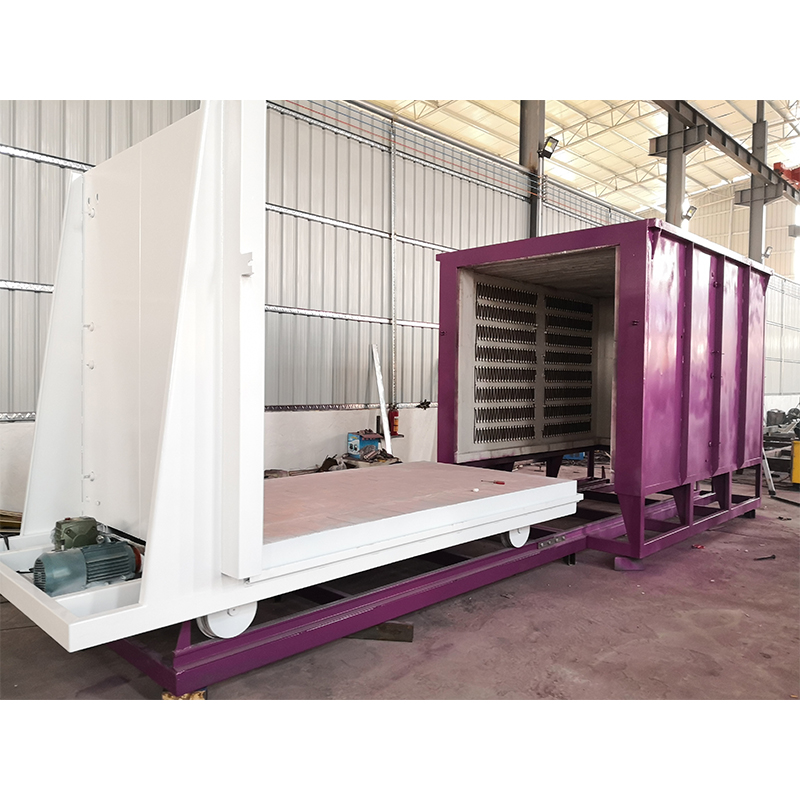Annealing and normalizing of steel
May. 29, 2024
Annealing refers to a heat treatment process in which steel is heated to a certain temperature, kept at a certain temperature for a certain period of time, and then slowly cooled (generally with furnace cooling) to obtain a balanced state of structure. Normalizing, on the other hand, is a special case of annealing, which is heating to a higher temperature and cooling in air or by air cooling or spray cooling. Annealing and normalizing are currently the most widely used preparatory heat treatment processes, and normalizing is often used as the final heat treatment for some unimportant products.
As the preliminary heat treatment process for steel parts, the difference between annealing and normalizing lies in the different heating temperatures and cooling methods. The comparison of their process performance is shown in the following table:
No. | Annealing | Normalizing |
1 | Reduce the hardness of steel parts and improve cutting performance | Obtain a certain hardness and improve processing performance |
2 | Improve plasticity or restore the plasticity of steel after cold deformation, improve process performance and performance | Improve plasticity |
3 | Refine grains | Refine grains and improve mechanical properties |
4 | Eliminate uneven composition and obtain uniform texture | Obtain more uniform properties and improve the mechanical properties of the matrix |
5 | Get a tissue close to equilibrium | Obtain a more uniform structure and eliminate the network carbides in hypereutectoid steel |
6 | Eliminate internal residual stress and prevent deformation and cracking | |
7 | Eliminate the uneven composition or structure defects during forging, casting and welding, and improve the process performance and performance |
The process selection for annealing or normalizing of specific parts should be determined based on the following analysis:
① From the perspective of material cutting performance, it should be easy to machine. Parts with a hardness range of 170-230HBW have the best cutting performance in turning, milling, planing, grinding, etc. Generally speaking, as a preliminary heat treatment, low-carbon steel is usually treated with normalizing, while high-carbon steel is treated with annealing.
② From the perspective of use and stress conditions, for parts made of hypoeutectoid steel, the mechanical properties after normalizing are high. If the performance requirements of the parts are not high, normalizing is used as the final heat treatment; for complex parts, annealing is recommended to prevent cracking and insufficient performance.
③ From an economic perspective, when parts need heat treatment, it is usually considered to choose a process method with low heat treatment cost, short cycle, and convenient operation. While selecting suitable heat treatment equipment, normalizing treatment should be given priority.
④ From the perspective of the final heat treatment of parts, in order to reduce the deformation and cracking tendency after heat treatment and quenching, the normalizing process can be selected. The normalizing structure helps to accelerate the formation of austenite and the dissolution of carbides, and is often used as a preliminary heat treatment for rapid heating and quenching. After annealing and normalizing, the steel has pearlite structure, but normalizing is a very economical process, which can obtain fine pearlite. It is usually used as a preliminary heat treatment to prepare the metallographic structure for the final heat treatment. Normalizing can be regarded as a special annealing method.










